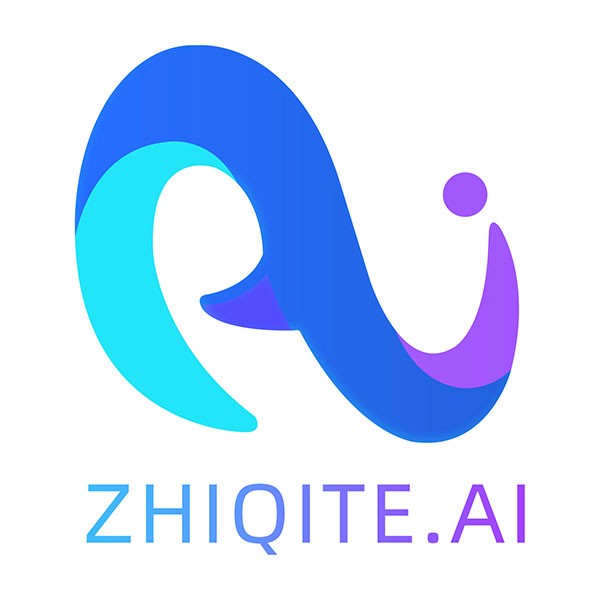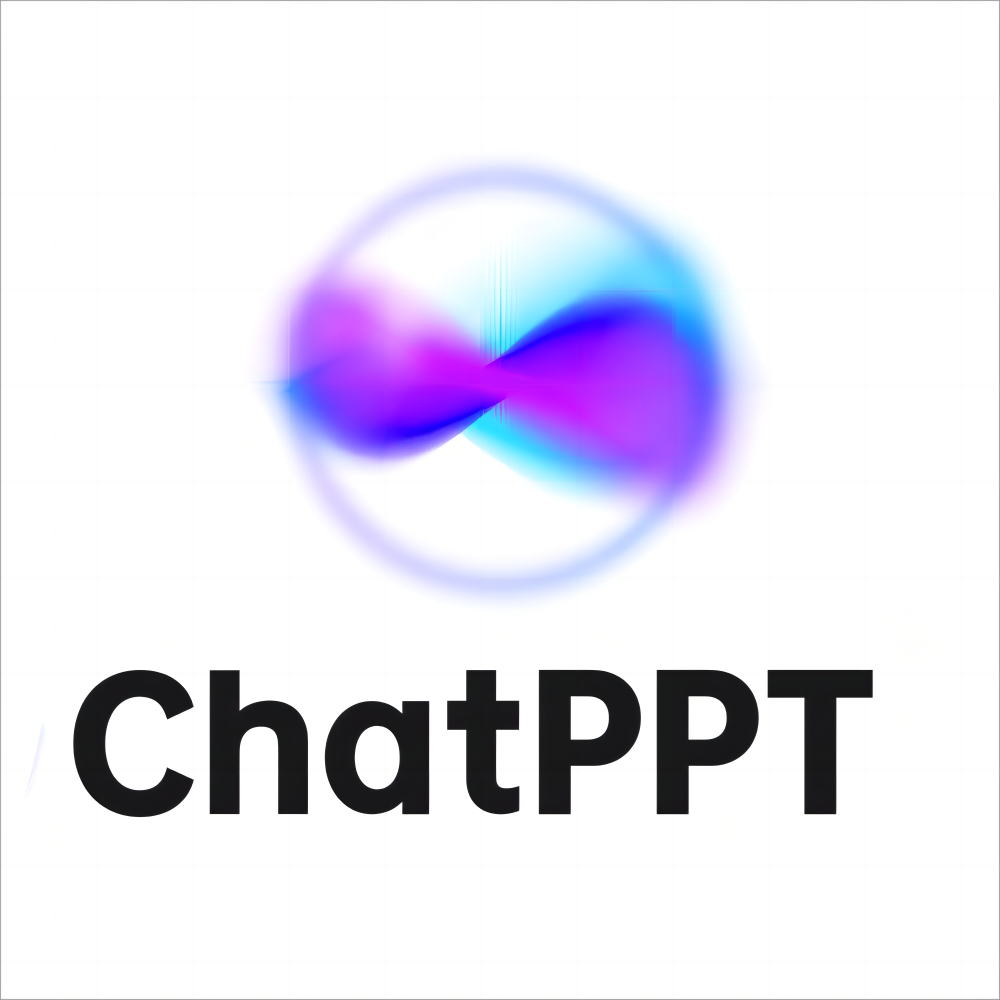

智启特AI绘画 API
AI 绘图 AI绘画 API - 利用最先进的人工智能技术,基于多款模型,本产品提供高效、创新的AI绘画能力。适用于各类平台,只需简单输入参数,即可快速生成多样化的图像
武汉智启特人工智能科技有限公司
¥1- AI绘图
- 文生图
- SD
- AIGC
- Midjourney
利用语言大模型深度学习LLM与LMM的实践指南(四)
简介:本文深入探讨了通过语言大模型学习LLM和LMM的进阶方法,包括面对的主要挑战、具体的应用案例以及未来发展方向,旨在为相关技术人员提供实践性的指导和前瞻性的思考。
随着人工智能技术的快速发展,语言大模型(Large Language Model,简称LLM)和轻量级语言模型(Lightweight Language Model,简称LMM)在自然语言处理领域的应用越来越广泛。在前面三部分的内容中,我们已经对LLM和LMM的基本概念、基础训练方法以及优化策略进行了系统性的介绍。在本文中,我们将进一步探讨如何通过语言大模型来深入学习LLM与LMM,分析实践过程中可能遇到的痛点,并通过案例说明解决方案,同时展望该领域的未来发展趋势。
一、痛点介绍
1. 计算资源消耗巨大
Language models, especially LLMs, require massive computational resources for training and fine-tuning. This includes high-performance computing clusters, large datasets, and extended training durations, which can be costly and inaccessible to many researchers and developers.
2. 模型泛化能力受限
Despite their impressive capabilities, LLMs and LMMs often struggle to generalize well to unseen or niche domains. Achieving robust generalization across diverse contexts and languages remains a significant challenge.
3. 隐私和安全问题
As these models are trained on vast amounts of text data, there are inherent privacy and security risks. Sensitive or proprietary information may be exposed, and adversarial attacks can exploit vulnerabilities in the models.
二、案例说明
1. 计算资源优化策略
Researchers at XYZ Institute have developed a novel distributed training technique that significantly reduces the computational resources required for training LLMs. By efficiently parallelizing the workload and optimizing data transfer between nodes, this technique achieved a 40% reduction in training time while maintaining model performance.
2. 增强模型泛化能力
A startup company, ABC Corp, has tackled the generalization challenge by incorporating diverse datasets and domain-specific knowledge into their LMM training process. By leveraging techniques like transfer learning and data augmentation, ABC Corp's LMMs have demonstrated improved performance in niche domains like legal and medical text analysis.
3. 保障隐私和安全
A major technology giant has implemented strict privacy-preserving measures during the training of its LLMs. This includes utilizing differential privacy techniques to obscure individual data points and conducting rigorous security audits to identify and mitigate potential vulnerabilities.
三、领域前瞻
As the field of language modeling continues to evolve, several trends and potential applications are emerging:
1. Multimodal Language Models
Future LMMs and LLMs are likely to incorporate multimodal data, such as images, videos, and audio, allowing for a more holistic understanding and generation of context-rich content.
2. Personalized Language Models
With the increasing demand for customized user experiences, models capable of adapting to individual preferences and writing styles will become more prevalent. These personalized models could find applications in areas like personalized education, marketing, and assistive technologies.
3. Language Models for Low-Resource Languages
Efforts to develop language models for low-resource languages, where large datasets are scarce, will gain momentum. Techniques like unsupervised learning and transfer learning from high-resource languages will play a pivotal role in bridging this gap.
结语
Learning LLMs and LMMs through large language models presents immense opportunities and challenges. By addressingcomputational efficiencies, enhancing generalization capabilities, and prioritizing privacy and security, the field is poised to make transformative advancements in natural language processing and beyond. The future, undoubtedly, holds exciting possibilities for how we interact with and understand language in all its complexities.






